When it comes to selecting an Electric Vehicle Service Equipment (EVSE), or what’s commonly known as a home electric car charger, it’s fundamental for me to weigh up a variety of factors to ensure it dovetails flawlessly with my electric vehicle. My aim is to provide guidance to fellow Britons on finding a charger that doesn’t just plug into their car, but also fits their budget, satisfies aesthetic cravings, offers a tethered or untethered cable system, and brings smart connectivity into the mix for streamlined management and control.
Subsequent to the discontinuation of the OZEV Grant in March 2022, the importance of understanding the cost, security, and flexibility of different EV chargers has become paramount. An appropriate plug type – typically Type 2 for contemporary electric vehicles – and an ability to charge at versatile speeds should top my checklist. In this ever-evolving market, whether I’m seeking the convenience of a tethered unit or the versatility provided by an untethered one, this guide will steer me through the nuances of EVSEs to help me land the best possible charging partner for my home setup.
Key Takeaways
- Consider compatibility and versatility when choosing an EVSE.
- Look beyond OZEV Grant’s end to evaluate true budget fit.
- Type 2 plug type is a common requisite for modern electric vehicles.
- Assess whether a tethered or untethered cable system suits your lifestyle.
- Opt for a charger that accommodates smart connectivity for better control.
- Compare EVSE models to find a match that meets both technical needs and aesthetic preferences.
Understanding EVSE Chargers for Your Electric Vehicle
As an environmentally-conscious motorist, I consider the best EVSE for home use as a cornerstone for an efficient electric vehicle (EV) ecosystem. With an abundance of top rated electric car chargers on the market, it is imperative that I delve into the intricate details of each option. This includes understanding whether a charger is tethered or untethered, the length and flexibility of the cable provided, and its resilience to various weather conditions for optimum outdoor use.
The charger’s compatibility with my electric car is also paramount; thankfully, most contemporary EVs have standardised on the Type 2 charger. Beyond the technical specifications, lifestyle plays a role in the decision-making process, be it requiring a portable charger for travel or a sturdy, wall-mounted unit to anchor my daily routine. Below, I have outlined a comparison of several highly-reviewed chargers to shed light on their defining features for informed decision-making.
| Brand & Model | Type | Output | Cable Length | Weatherproof Rating | Compatibility |
|---|---|---|---|---|---|
| Wallbox Pulsar Plus | Tethered | 22 kW | 5 metres | IP54 | Type 2 |
| Zappi v2 | Tethered/Untethered | 7 kW | 6.5 metres | IP65 | Type 1 & 2 |
| EO Mini Pro 2 | Tethered | 7 kW | 4.8 metres | IP66 | Type 2 |
Through a thorough examination of the electric vehicle charger reviews, I have gleaned that the versatility of a charger can be as paramount as its technical prowess. It is this balance of features and practical considerations that guide me in choosing the charger that seamlessly integrates into my life, underpinning my commitment to sustainable mobility.
Assessing Your Budget for an EVSE Charger
Considering the considerable investment that an EVSE charger represents, it’s vital to deliberate the cost implications and how they align with your fiscal planning. From the budget-friendly to the high-end, the market presents an array of EV charging station ratings and electric vehicle charger reviews, which can help guide you to an informed purchasing decision. As I navigate through the options, it’s imperative to not only compare EVSE models but also to scrutinise the associated expenses thoroughly.
EV Charger Cost Considerations
Delving into EV charging equipment reviews, I appreciate that the sum you part with is as varied as the chargers themselves. When the OZEV Grant came to an end, it underscored the necessity of judicious budgeting. EVSE brand comparison thus becomes more than a matter of checking features; it’s about assessing value for money too. The electric vehicle charger reviews often highlight this balance, with users reflecting on both the financial and functional aspects of their investments.
Comparing Charger Price Ranges
In my observation, you can discern the variance in charger types that cater to divergent spending limits. While analysing the electric vehicle charging station reviews, I’ve noted models like the waEV EV1i, lauded for its economical advantage, and in contrast, the Andersen A2 emerges with commendations for its upscale quality and design finesse. For value-conscious consumers, brands like Easee and Ohme proffer mid-range options where efficacy meets affordability.
Exploring Payment and Financing Options
Companies grasp the essence of financial flexibility, and many, such as Smart Home Charge, have responded with adaptable payment alternatives. EV charger buying guides often suggest instalment plans, enabling the spread of costs over an agreed period; for instance, starting from roughly £11 per month, these options facilitate access to the necessary charging infrastructure sans imposing a hefty immediate outlay.
| EV Charger Model | Price Range | Key Features | Payment Options Available |
|---|---|---|---|
| waEV EV1i | Budget | Basic, functional, no-frills | One-time payment |
| Andersen A2 | Premium | Superior build, aesthetic design | Financing available |
| Easee | Mid-range | Feature-rich, user-friendly | Instalments |
| Ohme Home Charger | Mid-range | Smart connectivity, flexible | Flexible payment plans |
Choosing Between Tethered and Untethered Chargers
When I’m delving into EVSE reviews to determine the most suitable charging solution for my electric vehicle, the question of selecting a tethered or an untethered charger is a recurring theme. Tethered chargers, known for their convenience and the security that comes from their fixed cable, have always had an edge in terms of ease of use. On the flip side, their limited charger compatibility and fixed cable length can be a deterrent for those seeking versatility.
Contrarily, the freedom offered by untethered chargers to compare EVSE models and find one that allows for various cable lengths and universal compatibility across Type 1 and Type 2 vehicles is highly appealing. However, the need to manage an additional cable can sometimes add unnecessary complexity to my EV charging experience.
Discerning the practicality of both types is critical, and so, I’ve found compiling EV charging station ratings from existing users especially informative. These insights have been invaluable in understanding the real-world implications of opting for either a tethered or untethered system. Innovations such as the Easee One model, which offers the flexibility to use the charger both ways, have been a game-changer, blending the best of both worlds.
In my pursuit to find the perfect match for my charging needs, I’ve outlined a comparison table to visually present the key differences between tethered and untethered EVSE chargers:
| Charger Type | Convenience | Flexibility | Compatibility | Cable Management |
|---|---|---|---|---|
| Tethered Charger | High (fixed cable) | Low (fixed length) | Limited (fixed cable type) | Not required |
| Untethered Charger | Medium (requires extra cable) | High (different cable lengths) | Universal (Type 1 and Type 2) | Required |
While the table above simplifies the comparison, it’s essential to delve deeper through individual EVSE reviews and compare EVSE models based on their performance in real-world situations. Aided by the comparative insights from EV charging station ratings, I am confident in making an informed decision tailored to my specific needs.
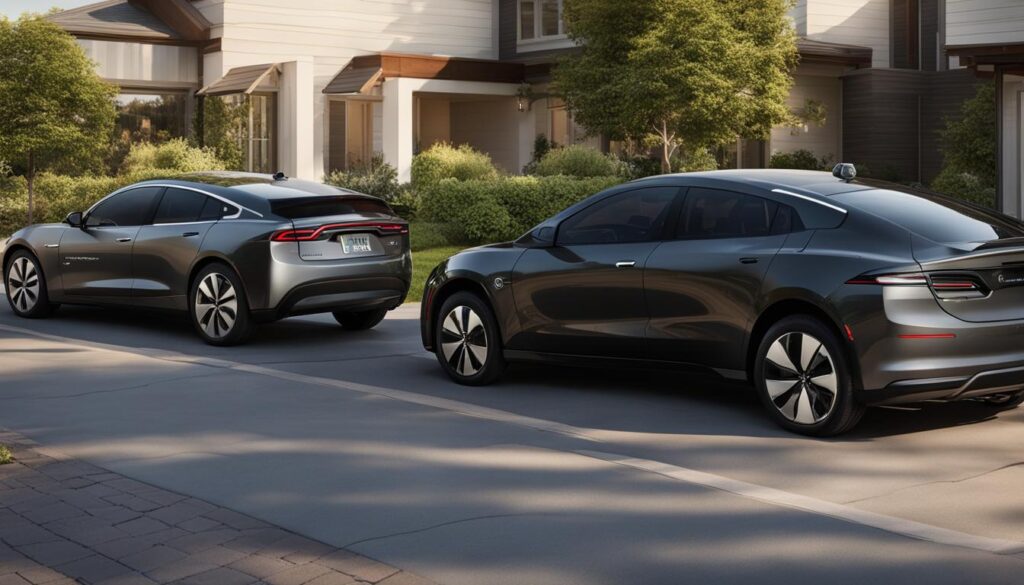
EV Charger Connectivity Features
In my review of the latest in electric vehicle chargers, the shift towards smart, connected charging solutions is evident, transforming the way we power our electric vehicles. Embracing these innovative features not only enhances the convenience but also positively impacts the overall efficiency of electric vehicle ownership.
Smart Home Chargers and App Integration
I must emphasise the utility of smart home chargers, especially those with seamless app integration. Such chargers enable users to monitor and manage their electric vehicle’s charging from anywhere, simplifying the whole process with a few taps on their smartphone.
WiFi vs Mobile Data Connectivity
The debate between WiFi and mobile data connectivity in EVSEs is a relevant one. WiFi might be more cost-effective for users with a stable home internet connection, while mobile data ensures continuity of service, critical in areas where WiFi coverage is spotty. It is intriguing to observe how brands like Easee have committed to providing free mobile data for their charging stations for life – a great value proposition for potential buyers.
Benefits of Network-Connected EVSEs
Network-connected EVSEs have a wealth of benefits, from enabling remote troubleshooting to downloading software updates effortlessly, akin to how our smartphones operate. This connectivity leaps forward in making electric car charging solutions both smart and user-friendly.
Throughout my evaluations of various top rated electric car chargers, it became clear just how impactful these connectivity features are. They not only aid in the practical use of the chargers but also ensure that EVSE brand comparison and ev charging station ratings include these smart functionalities as key differentiators. As an owner, I find it essential to compare EVSE models based on these modern requisites, ensuring my choice is future-proof and offers the best experience possible.
| EVSE Model | WiFi Connectivity | Mobile Data Connectivity | App Integration |
|---|---|---|---|
| Model A | Available | Not Supported | Comprehensive |
| Model B | Limited | Available | Basic Functions |
| Model C | Available | Available with Subscription | Advanced Features |
EVSE Reviews: Insights from Real-World Usage
When it comes to choosing Electric Vehicle Service Equipment (EVSE), poring over EV charging equipment reviews can deliver crucial information that goes beyond manufacturer specifications. For those of us considering the different models available, personal accounts of day-to-day use serve as a powerful tool to compare EVSE models and zero in on the best fit for our electric car charging needs. It’s through these anecdotes and opinions that the practicality, ease of installation, and operational fluency of EVSEs truly come to light.
I’ve taken the liberty of collating a variety of EVSE reviews to present a balanced viewpoint on some widely discussed models. User feedback is invaluable; it lays bare the experiences of fellow EV owners, detailing everything from the nitty-gritty of everyday use to the compatibility with different vehicle types and home setups. This way, you get a more comprehensive understanding of how each charger could potentially integrate into your routine.
| EVSE Model | User Experience Rating | Charging Speed | Roadside Reliability | Vehicle Compatibility |
|---|---|---|---|---|
| Wallbox Pulsar Plus | 4.5/5 | 7.4 kW | High | Type 2 |
| Zappi Smart Charger | 4.2/5 | 7 kW | Medium | Type 1 & 2 |
| OHME Home Charger | 4.6/5 | 7.4 kW | High | Type 2 |
| Rolec WallPod | 3.9/5 | 3.6 kW to 22 kW | Variable | Type 1 & 2 |
Investing in Kerb Appeal: The Aesthetics of EV Chargers
When considering the best EVSE for home installation, it’s essential not to overlook the impact of the charger’s appearance on your property’s kerb appeal. The latest top rated electric car chargers on the market come in an array of designs, with a renewed focus on combining functionality with aesthetic finesse. As part of my EV charger buying guide, I recognise the significance of this trend and aim to provide insights into making an informed decision that enhances the visual aspect of your home.
Design Choices for EV Chargers
Today’s evse brand comparison must account for more than just the technical capabilities of the devices. Brands like Easee have set the bar high with their sleek, minimalist designs which not only perform to the highest standards but also boast a contemporary look that adds to the modern home aesthetic. Converting a functional necessity into a design statement, these chargers demonstrate how smart technology can also contribute to a sophisticated home exterior.
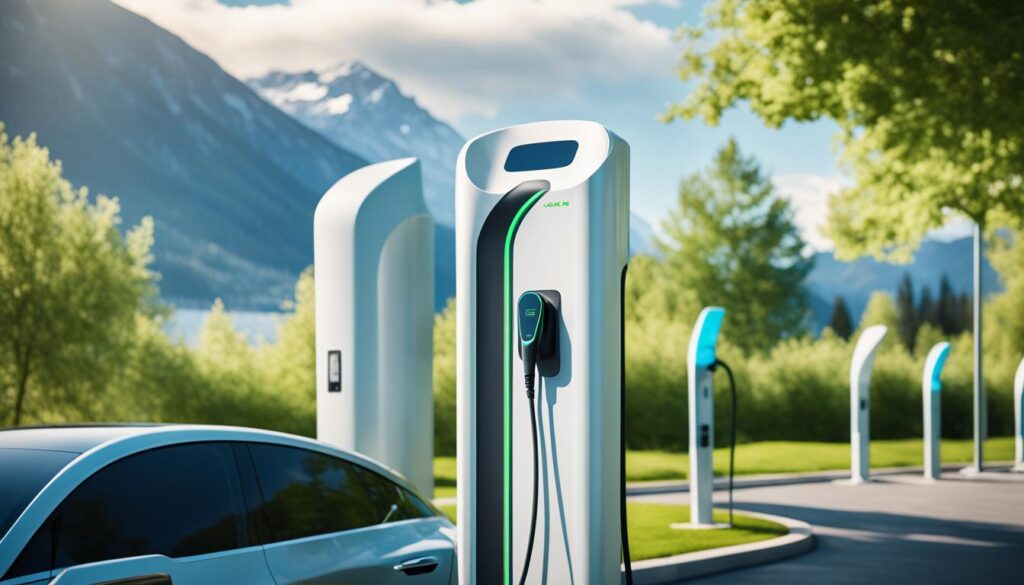
Colour and Style Options Available
Colour and style choices are critical factors in the selection process for an EV charger. From subtle hues that blend seamlessly with your home’s façade to bold colours that make a statement, there’s a variety to choose from. Below is a comparative chart showcasing a selection of chargers, highlighting both their functional attributes and the aesthetic options they present.
| EV Charger Model | Colour Options | Design Style | Key Features |
|---|---|---|---|
| Easee One | Black, White, Grey | Modern, Minimalist | Customisable Front Covers |
| Anderson A2 | Bespoke Wood Finish | Luxury, High-end | Hidden Cable Design |
| Zappi V2 | Black, White | Functional, Robust | Eco-Smart Compatibility |
| Wallbox Pulsar Plus | Black, White | Compact, Modern | Advanced Connectivity |
Selecting the best EVSE for your home extends beyond evaluating compatibility and performance; it involves choosing a design that reflects your personal style. Whether the goal is to complement your home’s architecture or to express your individuality, the available range of top rated electric car chargers affords the opportunity to make a statement that both you and your electric vehicle can appreciate.
Electrifying Your Home: Installing Your EVSE Charger
Implementing an electric vehicle charging station at home is less complicated than most anticipate. My experience commenced with the selection of a highly rated installer, who executed a seamless integration of the EVSE charger with my house’s electrical mains. The necessity for a professional’s dexterity cannot be understated; their expertise ensures a safe and effective connection, a critical step considering the pivotal role that the charging station plays in keeping my electric car ready for the road.
The installer systematically assessed the site, then proceeded with the crucial task of drilling through the exterior wall — a common aspect of installation. Once mounted, the physical setup of the EVSE charger completed a circuit not just of wires, but of renewed convenience and efficiency in my daily routine.
In the aftermath of the installation, I’ve wielded Wi-Fi connectivity to actively monitor the station’s operation. Whether it’s tracking energy consumption, scheduling charges or simply gauging performance, the smart features of the charger have empowered me with a comprehensive oversight that accentuates ease of use.
When perusing electric vehicle charging station reviews and observing EV charging station ratings, a discernible pattern revealed the significance of a professional installation to me. Not just from a safety perspective, but also in terms of upholding charging efficiency and preserving the charger’s longevity. Now, every departure from home in my electric vehicle commences with confidence, fortifying my commitment to a sustainable mobility future.
The Impact of Charger Wattage on Charging Times
As I dive into the specifics of electric vehicle supply equipment, understanding the relationship between charger wattage and the charging times is vital. I’ve compared EVSE models extensively and have found that wattage directly affects how quickly I can get back on the road. For those considering the best EVSE for home, the choice often comes down to balancing charging speed with daily driving patterns.
Understanding Different EVSE Power Levels
The range of EVSEs on the market offer varying levels of power output, commonly starting at 3.6kW, which might suit those with a modest daily range. Meanwhile, 7kW chargers are quite popular, catering to the typical overnight charging routine, and 22kW chargers are the preferred choice for EV drivers in need of rapid charging solutions.
Calculating Charging Times Based on Wattage
When pondering a purchase, a top rated electric car charger is one that offers swift charging times in line with the vehicle’s capacity. For instance, a 7kW home EV charger is quite adept at fully recharging a 60kWh battery overnight. However, it’s critical to realize that an environment’s specific conditions and the car’s maximal power acceptance rate may impact the charging process.
| Charger Power | Approximate Charging Time (60kWh Battery) | Suitable For |
|---|---|---|
| 3.6kW | 17-19 hours | Limited daily use |
| 7kW | 8-9 hours | Overnight charging |
| 22kW | 2-3 hours | Rapid recharge need |
Learning how to compare EVSE models for my home was critical, it’s not just about having any charger, but having the one that aligns with my lifestyle and driving needs. Finding pragmatic information, inspired by a solid EV charger buying guide, leads me to make an informed decision that saves both time and energy in the long run.
Conclusion
In my journey to navigate the landscape of electric vehicle chargers, I’ve realised that the quest for the perfect EVSE is nuanced and highly personal. My exploration of EVSE reviews has illuminated the importance of aligning your charging equipment with both your budgetary considerations and your vehicle’s demands. Encompassing everything from the fundamentals of charge speed to the intricacies of installation, every facet must synergise to form the ideal home charging solution.
The deliberation between a tethered or untethered connection, while at first seemed a mere practical concern, in fact reflects the depth of one’s lifestyle needs. Who I am as an electric vehicle owner, my daily routines, and even my future aspirations all play into this decision. Similarly, I’ve been persuaded by the myriad of electric vehicle charger reviews that smart connectivity is not just a luxury but a cornerstone of efficient energy management. Again, it’s about personalisation—melding technological sophistication with user-friendly interfaces to seamlessly integrate into my digital life.
As a final note, it’s the aesthetic component that truly resonates with me. My exploration of EV charging equipment reviews has revealed how the right EVSE can enhance not just the functionality but also the visual harmony of my home. I believe that for all who embark on this electrifying path, there lies an EVSE out there that not only fits the technical specifications but also complements the home environment, marking a confluence where practicality meets style.





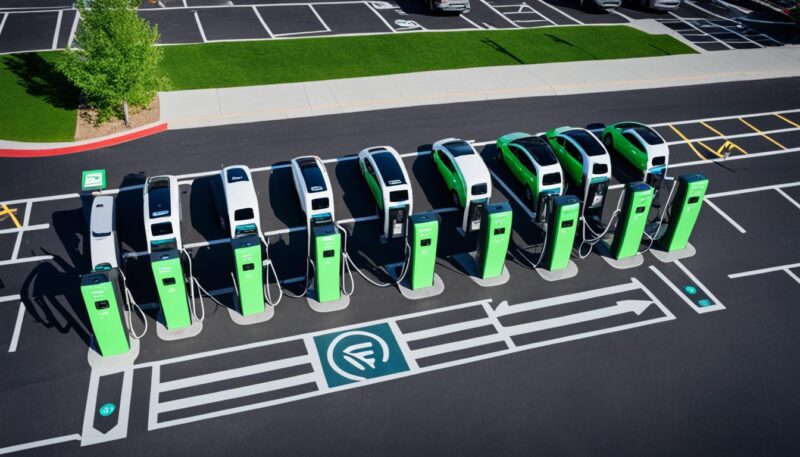
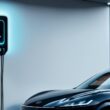
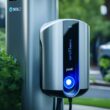

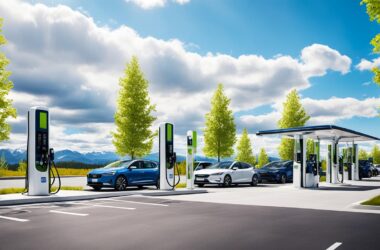
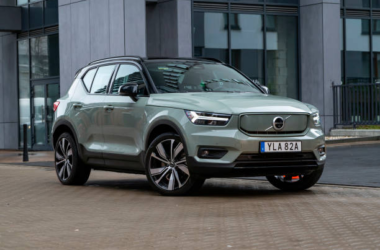
priligy in usa Our Verzenio abemaciclib Side Effects Drug Center provides a comprehensive view of available drug information on the potential side effects when taking this medication